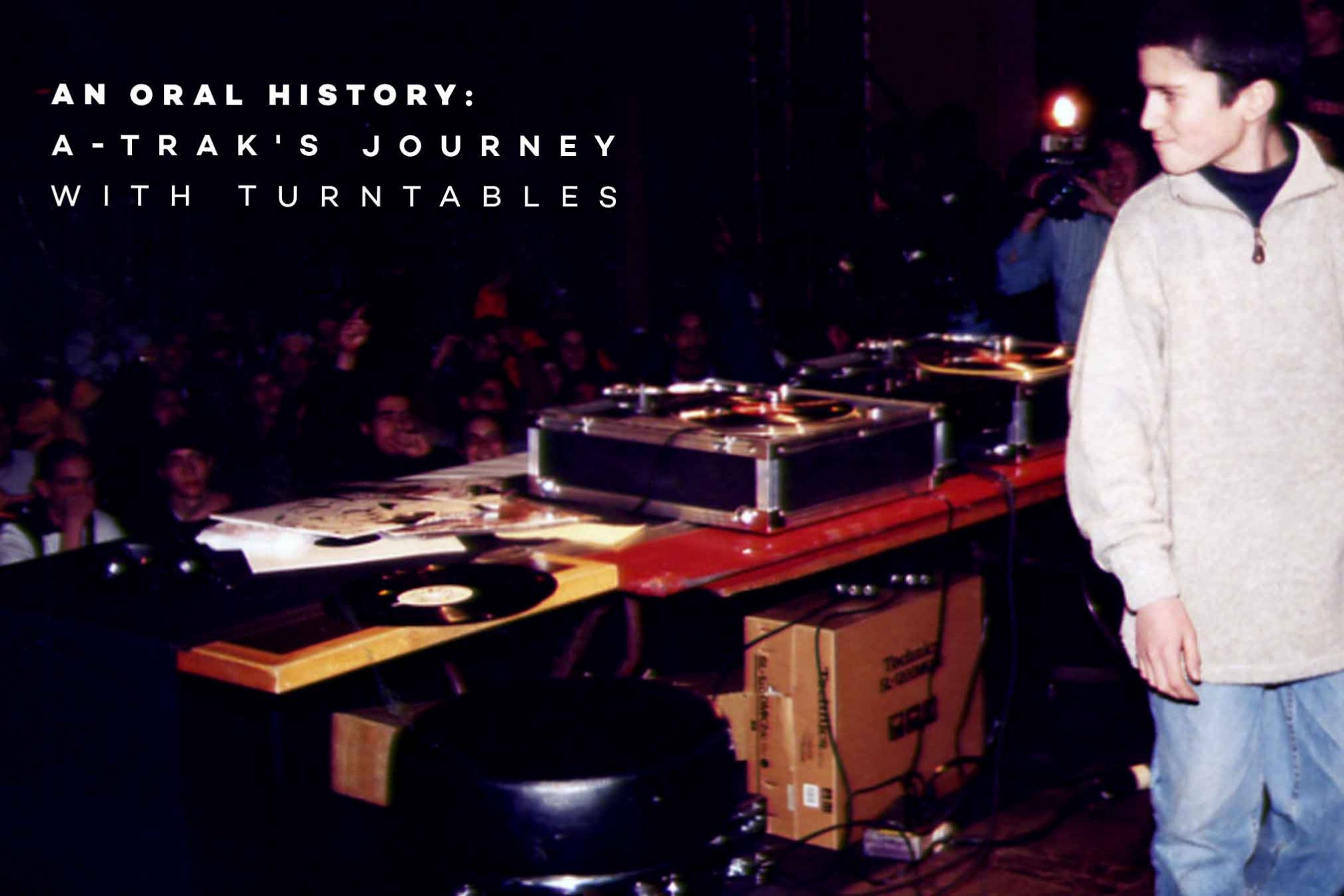 Comment
Comment
An oral history: A-Trak's journey with turntables
From 1995 to 2019 with a master of the turntable
“The MK2,” A-Trak clarifies, “That’s the one that made the difference.”
The youngest DMC World DJ Champion from 1997 to 2017, A-Trak’s entire career and life trajectory has been dictated by Technics 1200s so he is both a professional and a personal expert on the product.
A-Trak participated in his last battle in 2000, but he returned to the field in 2017 when he launched his own competition, The Goldie Awards. Now in its third year, the “Goldies” have two categories: DJ and beat. The former is an update on the classic DJ battle in that it allows more than just turntables to be used in the routine. The latter is a production competition.
While Technics 1200s are not a requirement for the Goldies, a sleek pair of 1210MK5s sit front and center in A-Trak’s Los Angeles home studio setup. He also has a pair of Pioneer PLX-1000s and CDJ-2000 NXS2 sitting on shelves. A-Trak still owns his first ever pair of Technics. They reside in his New York residence. And the gold pair he won at DMC as a 15-year-old in 1997 lives at his parents’ home in Montreal. A step-up from the stereo system they had when A-Trak attempted his first scratch in his family’s basement den.
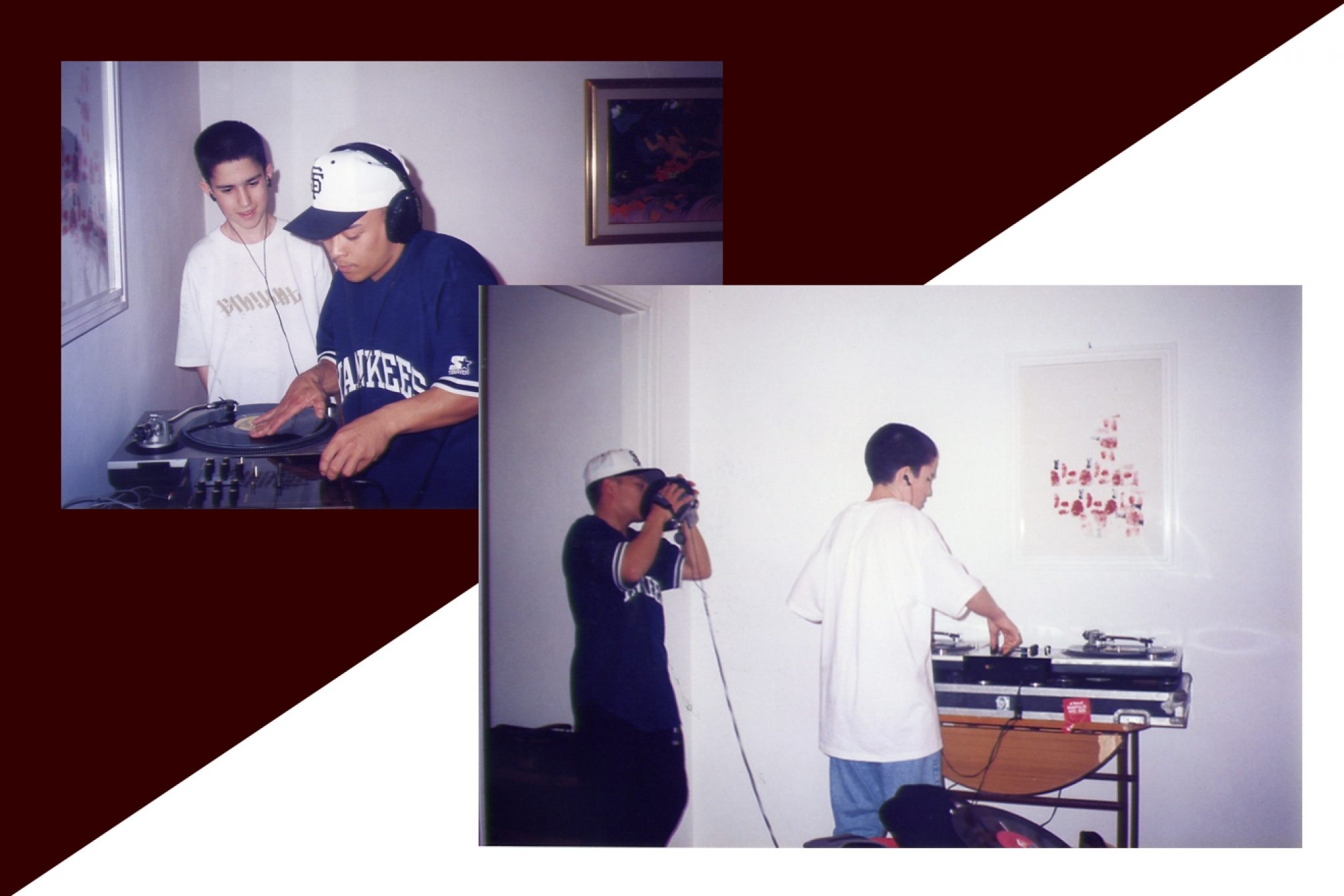
1995
The first turntable I taught myself how to scratch on was a Technics. It was my dad’s record player, a belt drive and I didn’t have a mixer. The amp of my dad’s stereo had a switch that could effectively turn the sound on and off, which is what the crossfader does. I was using an input switch on the amp to cut the sound on and off, and I was scratching on the belt drive turntable.
A belt drive turntable has way less torque so a 12” record is too heavy to scratch. If you try to just move it back and forth, the platter slows down. It’s not even able to play the sound back when you release the record. But a 45 record is lighter. There was a Beastie Boys 7” my friend gave me for my birthday of 'Sure Shot'. Most 7”s have a big hole that you need an adaptor for in order to play them on a regular turntable. That piece falls out easily when you move the record back and forth. This particular 7” had a small hole in the center. That was lighter from being a smaller record and you could scratch it.
The owner of this thrift shop my brother [Dave 1 of Chromeo] and I would go to was selling a turntable secondhand for $400. I had some Bar Mitzvah money so I bought the turntable. Then I bought a Gemini mixer for $200. I kept my dad’s belt drive as a second turntable. I would play instrumentals on that and scratch on the 1200. I saved up and six months later, I found another used 1200. That transition period where I had one 1200 and one bad belt turntable left a strong impression on me because the 1200 was so much better.

The SL-1200 came out in the early 1970s, but it may as well have been called something else. Everything that made the Technics 1200 what it was came with the MK2 model. After MK2, they’re all pretty much the same turntable.
The tonearm of the 1200 has that S-curve that’s really recognizable. Aside from being marketable or sleek-looking, I believe there’s something about that shape that no matter what groove of the record you’re playing whether you’re close to the center or near the outside, it’s similar forces. It’s not more likely to skip on the inside versus the outside.
Almost all the pieces are metal. They’re heavy and chunky. It has those rubber feet that absorb vibrations. There are a finite number of pieces in a Technics and a finite number of things that could happen to it. There’s nothing that can die on a turntable. It’s not electronic. When you think about it from a mechanics standpoint, the rotor is a quartz magnet. A magnet doesn’t stop being a magnet. It literally can’t break. The only stuff that could go wrong would be weight balance with the tone arm, which can be calibrated or a contact on one of the cables would need to be re-soldered.
One of the things that makes the 1200MK2 this iconic turntable is how durable it is. It’s built like a tank. My first pair of Technics were secondhand and I still have them, that’s how long they last. Venues, clubs have them for years and years and get them serviced every now and then. Even if it breaks you could get it fixed. In any city in the world, there’s the one guy that knows how to fix them. Even if they never make any more, there are enough turntables to go around and they’re going to work for decades.
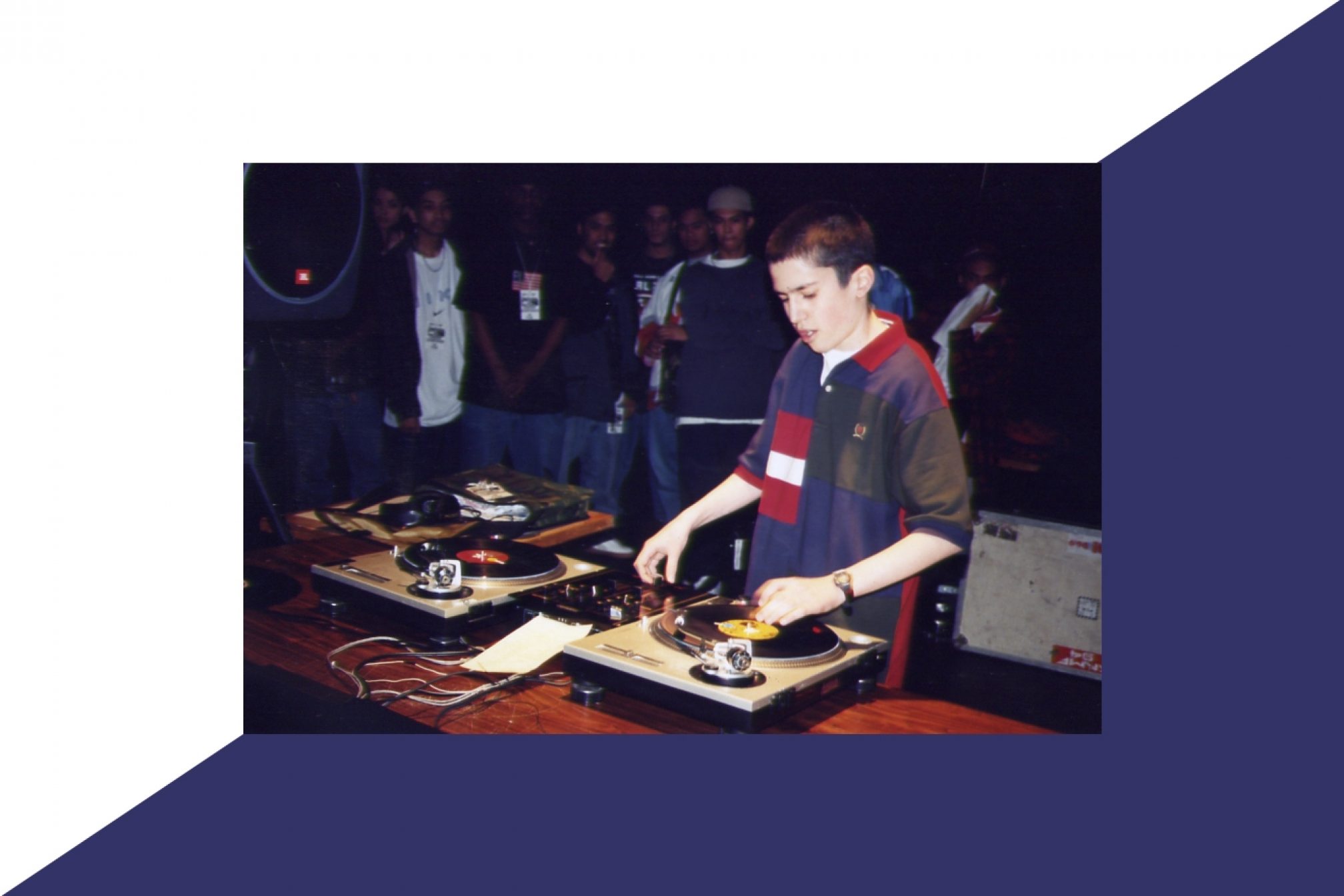
1997
The turntablist scene was very grassroots. There were a few events during my first year or two of DJing where I was going somewhere to scratch but it wasn’t a big nightclub. I was getting booked at exhibitions and things like that. Scratching was this curiosity thing. People wanted to see it, but there wasn’t an infrastructure around it.
When I first started flying to gigs, I took my turntables and mixer with me in a coffin case. When I went to Italy to compete in the DMC World Championships, I was flying overseas for the most important test and moment of my career up until that point. There was never a day that went by without me practicing. The thought that I wouldn’t be able to practice this very intricately planned routine for two days was impossible. The amount of practicing for these battles is comparable to a gymnastics routine. I brought my turntables to practice in the hotel room the whole day before and the morning of the battle.
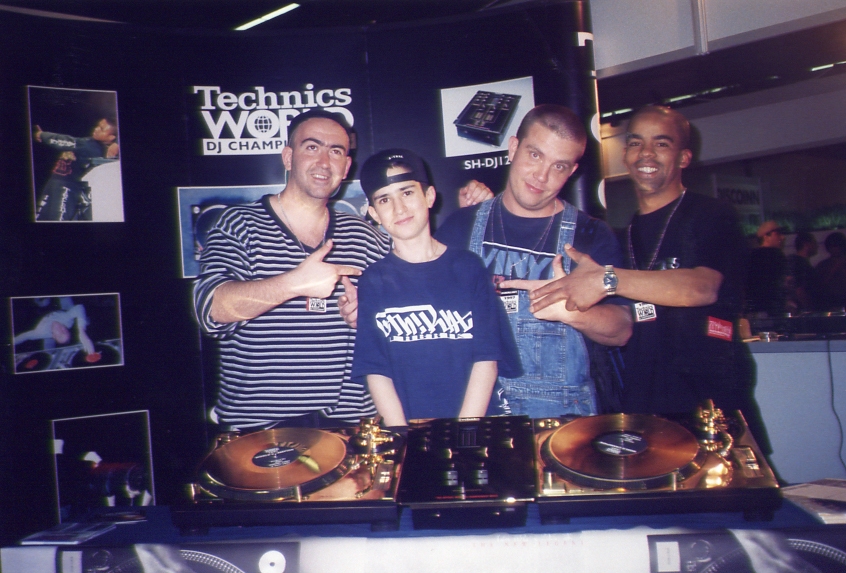
I used my first Gemini mixer for three years. The Gemini crossfader was really rough and I would have to put WD-40 in the crossfader all the time to loosen it up. I learned a lot about hardware store products.
My first Vestax mixer had a funny shape, like a cash register, and the knobs were too small, but they said it was made for scratching. Kid Koala was also living in Montreal and he was using that mixer. He was more experienced than me so he would show me things he would do to hack that mixer and make it better. He even showed me how to travel with some of the equipment, like how he used to pack his needles and things like that. Now there’s specialized accessories for all this stuff. Back then it was artisanal.
Then I got the better Vestax mixer that Q-Bert and those guys helped develop. When I finally got to a point where I didn’t have to bring my own gear anymore, it changed my life. It changed my back too.

1999
Vestax was mostly known for its mixers but they made two turntables that were really cool. There was the Vestax PDX-2000 that had a straight tonearm. After all the romanticizing of the S-curve, everybody was saying, actually the straight tonearm skips even less. I had to use it in a competition that was organized by Vestax. It worked fine.
Vestax made this other turntable, Controller One. I bought it and never used it and it turned out to be really rare and worth a lot of money. I have one in a box in my storage. It’s a turntable that has a bunch of buttons that allow you to play scales and music notes. You can set your root notes so it allows you to control a tone. If you’re scratching a sound that is a tone or that has a note in itself, you can play different notes with it.
Over the years I’ve bought a few other turntables out of love for vinyl, like this classic Revox B791 in my living room that’s a nice conversation piece, and a Braun SK55 designed by Dieter Rams, but as far as other models I’ve used in over 20 years of DJing, I can count those on one hand.
2006
I did a tour for my Sunglasses Is A Must documentary. This was the first time I did a tour that went into ticketed venues where bands would normally play. It was still new to treat DJs like a band and it was a way for me to break into the next level.
Two of my friends and myself went on the road. We brought our own turntables, in the back of a Dodge Caravan, and drove around North America for a month. We would show up at the venue, ask for a banquet table and set up all our stuff on top. That was the last time I carried my turntables somewhere.
Once EDM broke down doors and DJing became bigger just a few short years after that tour, the infrastructure changed. Access to equipment, access to staff, to sponsorship, budgeting, everything changed.
In the early years, people would call my parents’ house on the house line and would fax a contract to my parents’ house. I didn’t have management. I didn’t have an agent. I just figured it out by myself. Everything grew from there. It went from faxing contracts to my parents’ house to getting my own turntables to asking venues to supply them.
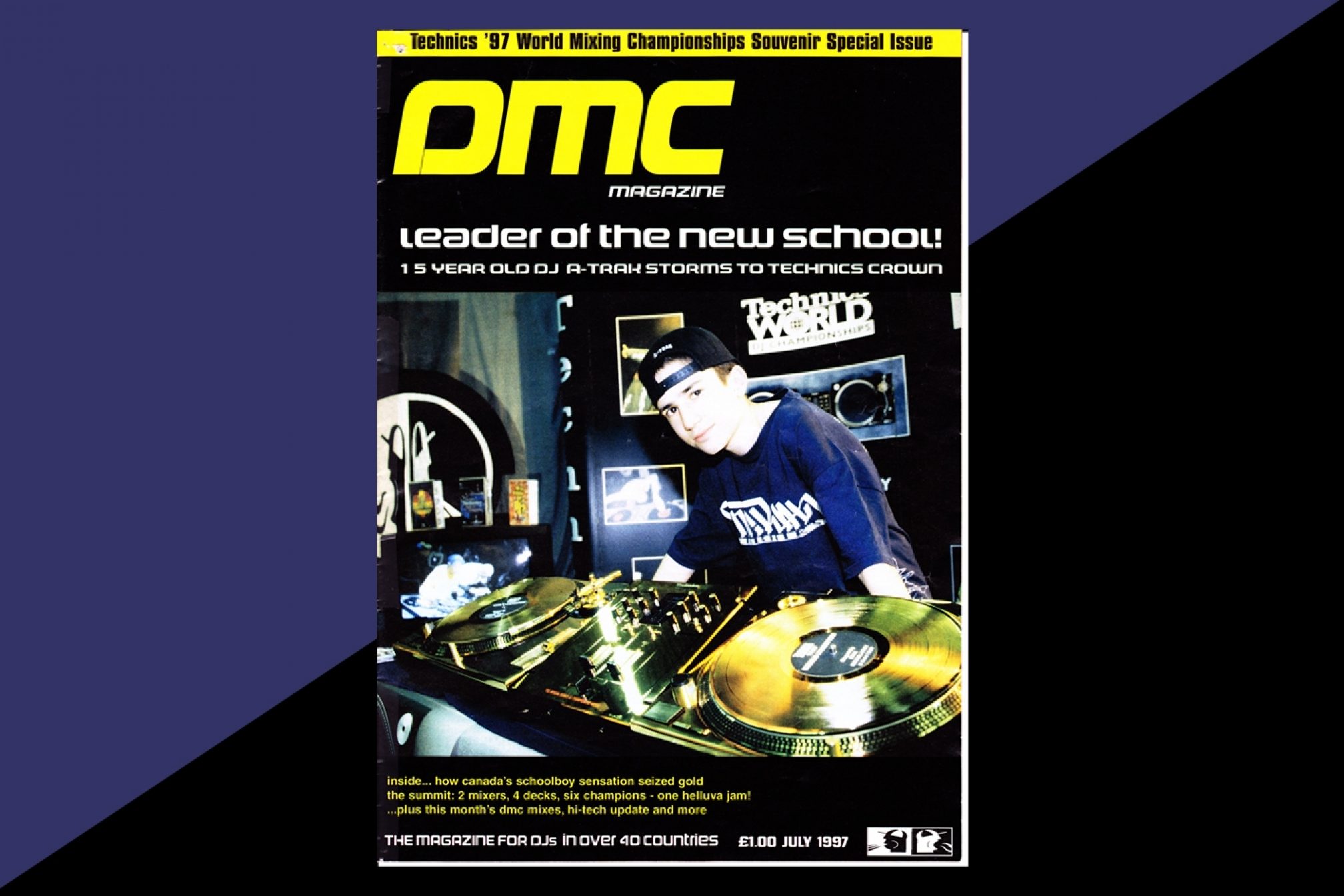
2010
The 1200s were discontinued in 2010. The way that I remember it, it felt like there were rumors every one or two years that it was getting discontinued and no one seemed to really know the truth. People thought it was still being made, but I assume there was still some stock to sell through.
2014
Technics are not Amazon or Google or Microsoft. They don’t have any leverage. There’s no strong-arming of the market. Even a Fender Stratocaster, which is timeless, people use a whole bunch of other types of guitars too. There is no doubt that the Technics 1200 is as iconic as the Stratocaster, but people aren’t using other models. It’s such a standard and has lasted so long. It’s interesting because that’s not the result of any monopoly in the market.
Technics aren’t for audiophiles. There’s a whole world of audiophile turntables for home use that have completely different specs for sound quality, resolution, frequency range, response to vibrations and hum. To me, 1200s are like Carhartt, workwear. It’s always around. It’s always reliable. It’s not top quality, but it’s good quality. The elite stuff will be the equivalent of fine designer clothes for turntables. There are $20,000 turntables that have a floating platter, but they’re no good in clubs. Pioneer made a turntable that is extremely similar to the Technics 1200, the Pioneer PLX-1000, which is a good consumer solution. Technics are the Hummer that you can take out to the field anywhere and know it’s going to work in different settings.
2017
In the 10 or 15 years before I launched the Goldies, the battle scene got stagnant creatively. A big of the reason for that was the other franchises of competitions continued to force competitors to use, stubbornly, the same version of the equipment: two turntables and a mixer.
Even back when I was still battling, in the year 2000, 19 years ago, I remember trying to come up with new ideas and new rhythms and new time signatures and more stuff to do with the equipment. My buddies and I, we’d practice together and just look at the two turntables and the mixer, literally look at them and do a visual census of what’s there, “What button haven’t I used?” Scan it visually and think, ”Is there something we haven’t exploited in this thing?” If we got to that point of hitting the ceiling almost 20 years ago, then by now, for sure we’ve got to allow DJs to use expanded versions of equipment.
Right now, there is a DJ equipment renaissance happening. It feels like the industry’s access to tech innovation has caught up. There’s this perfect storm of new types of turntables and mixers that are coming out more often. Also, there are other manufacturers that are operating at the speed of start-ups. They’re innovating at a speed that matches what DJs want now whereas you used to have to wait years and years for something to come out.
In recent years, there have been new mixers and even auxiliary pieces of equipment that have pads that are really well integrated with DJ controllers. Adding those new soft buttons that can do a whole variety of functions that expanded into a whole vocabulary of new tricks that turntablists can do.
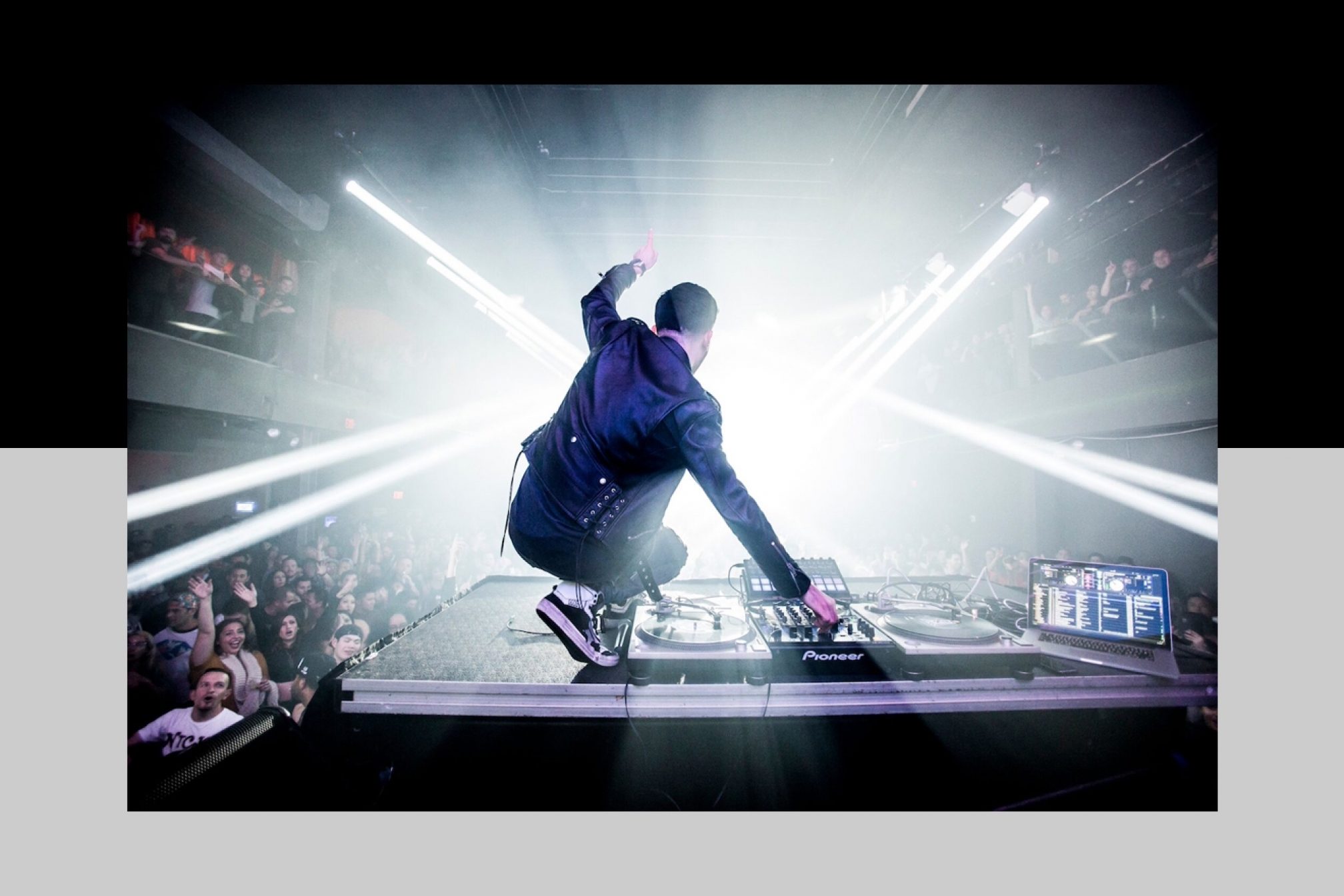
I want to make sure new generations of DJs don’t feel like they must have one specific piece of equipment to learn how to DJ—especially when 1200s being the backbone of DJing for so long had been discontinued. Even if you can find some secondhand, they’re more than $800. If some kid wants to learn how to DJ and is made to feel like they have to buy two of these, that’s wack. That’s not where the times are going. Everything now has been made more accessible through technology. DJing shouldn’t be an exception to that.
In the Goldies DJ battle section, as long as there is one platter, you’re accepted into the battle. Then you can expand it any way you want. You can have a kazoo and a pedal and a hat with a little spinning propeller on it. That’s fine.
A purist might tell you when it comes to turntablist battles, nothing replaces the turntable. What I say to them is, “Let’s prove it in the field.” You get into one of the rounds at the Goldie Awards where one DJ is using a new controller and the other competitor is using turntables. Then you get to objectively see which one is doing a better job.
For the DJs who won the battle the last two years, it was with two turntables, a mixer with pads on it, and another auxiliary thing on the side with more pads. With two turntables, you can beat juggle creating live remixes, but you can also do clever transitions. There is a sweet spot that comes with using turntables, it’s just that now you can expand.
I don’t want to tell people what I’m looking for. I want them to surprise us. In recent years, in a lot of ways, the DMC franchise competitions became stagnant and ran out of steam. Red Bull’s 3Style was very interesting for a good amount of years. They helped shake off whatever felt cramped and old from the DMC style of battling. But now, there are a ton of DJs who enter the 3Style battle who do sets that are way too similar to whoever’s won that battle last, to where now there’s a caricature of a style of set that you would see there. With the Goldies, I want to keep it as open as possible.

2019
Technics is releasing the 1200MK, which is not that different from the MK2. They say Technics were never meant for battling. Battling as we know it didn’t even exist when they made Technics in the ‘70s so I don’t even know if that statement is logical. Again, it’s like Carhartt pants. Carhartt is for workers. Do you think Carhartt thought skater kids would wear it?
The Goldie Awards submission window is open until 11:59 PT September 1, 2019.
The Goldie Awards take place at Brooklyn Steel on October 17, 2019.
Lily Moayeri is a music journalist who also covered television, art, fashion, and other facets of pop culture. She is a major contributor to the textbook The Guerrilla Guide to the Music Business. Find her work aggregated at Pictures of Lily and follow here on Twitter here
Technics reveals new SL-1200 MK7 turntable
These interactive 3D animations show how the inside of a turntable works
Get the best of Mixmag direct to your Facebook DMs


